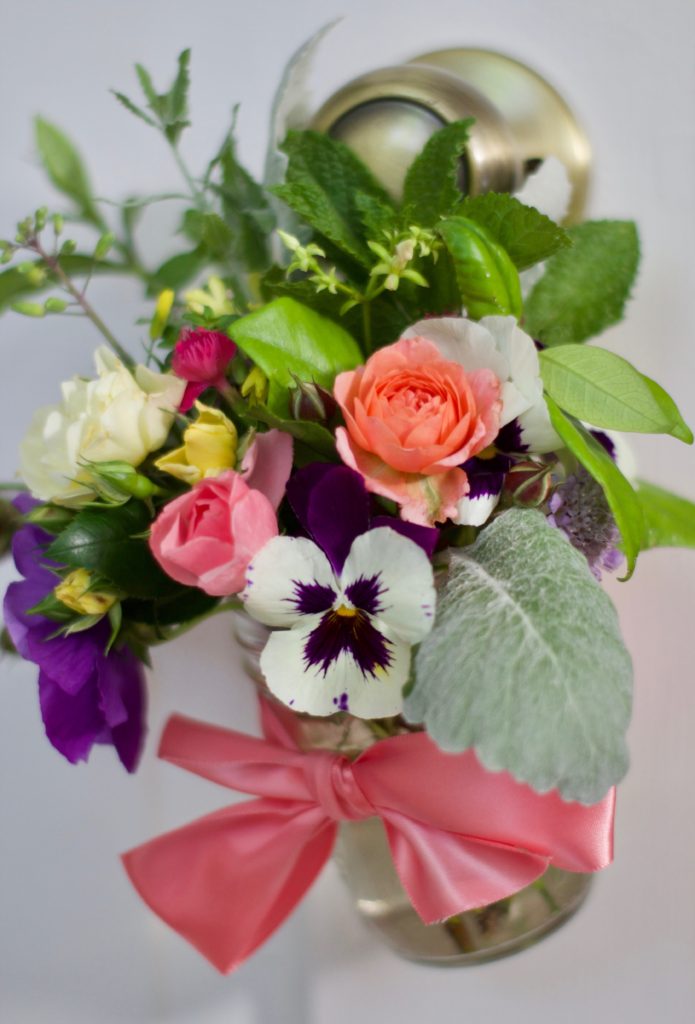May Day in Britain is a kinda/sorta/not really unofficial start to summer. Well, not summer exactly, more the fact that by May 1st the British have endured a long, long spate of grey, drizzly, cold weather and are desperate to celebrate the promise of warmth and sunshine which hangs (albeit delicately) on the horizon. May Day is the harbinger of a summer that should be making its triumphant return in a couple of months. Or three. Or possibly not at all. Where do you think that British stiff upper lip comes from?
May Day celebrations have been observed for over 2000 years with its roots in Roman times and the Festival of Flora, the goddess of fruit, flowers and fertility, and well, one could add frivolity given that the Romans celebrated with a days long succession of merry making, drinking and games wearing brightly colored clothing instead of their usual white. And because Ancient Rome was all too fond of bacchanalian shenanigans, celebrations leaned heavily into the sexual with an abundance of naked prostitutes and erotic dancing.
Naked dancing has fallen by the wayside these days, but…may I introduce you to Morris Dancing? Morris dancing is an English folk dance done by men in rather strange and sometimes outlandish costumes accompanied by bells worn on the shins, the banging of sticks and the waving of handkerchiefs, which, quite frankly, could raise just as many eyebrows as nakedness for those not used to such a spectacle. Take a peek here.

As with many a British custom, it can be hard to pin down its heritage. The word Morris is supposedly derived from Moorish, suggesting a history with African or Spanish dancing and perhaps also because of a history of blackening the face, although some say this was done for disguise (men too embarrassed to reveal their side gig perhaps?).

It’s also possible that the dancing is related to court jesters (you can’t tell me those outfits don’t look court jestery) and over time transferred from a courtly to a rural setting where it became popular among the peasants. Or Morris could simply be derived from the French morisque, meaning a dance.
Regardless of history, Morris dancing is full of life and energy and just plain fun and while you’ll find Morris dancers at a variety of celebrations all throughout the spring and summer, they are especially perfect for May Day frivolities and a celebration of all things warm and sunny.
But let’s not forget the role of flowers in all of this, because nothing screams life, hope and rebirth like flowers. Well, perhaps with the exception of lambs. May Day Queens at village celebrations and girls dancing around Maypoles will often wear crowns of flowers on their heads, while another charming custom is to leave flowers on a neighbour’s doorknob, ring the bell and run off, which is strangely perfect for today’s social distancing.
Here’s one of my bouquets ready to go. I simply tied some twine around a jam jar for hanging, tucked in a mixture of anything I could rustle up from the garden and added a ribbon.

So, I dare you, put together a little bunch of flowers, ring a neighbor’s door bell and run like the dickens.

